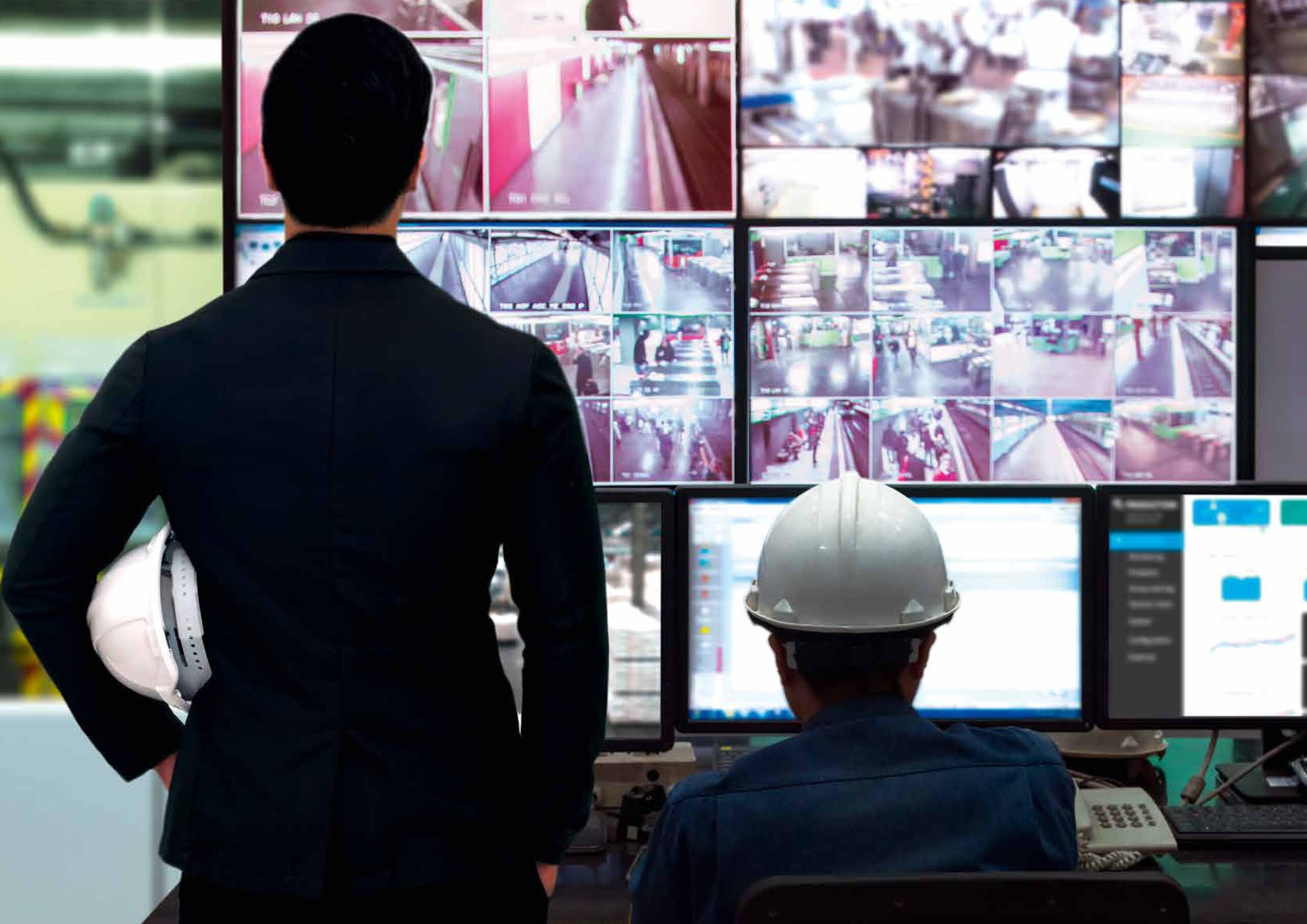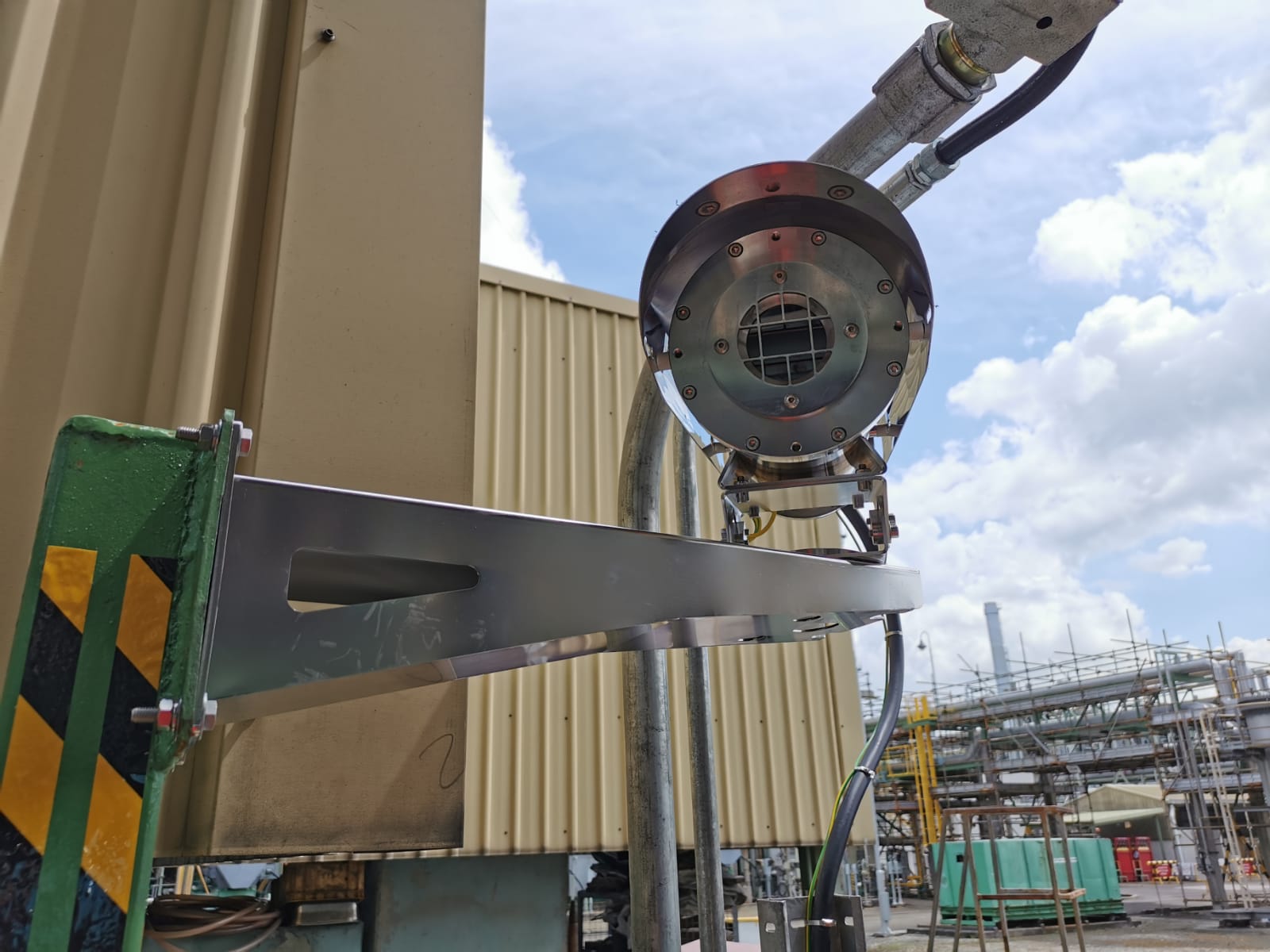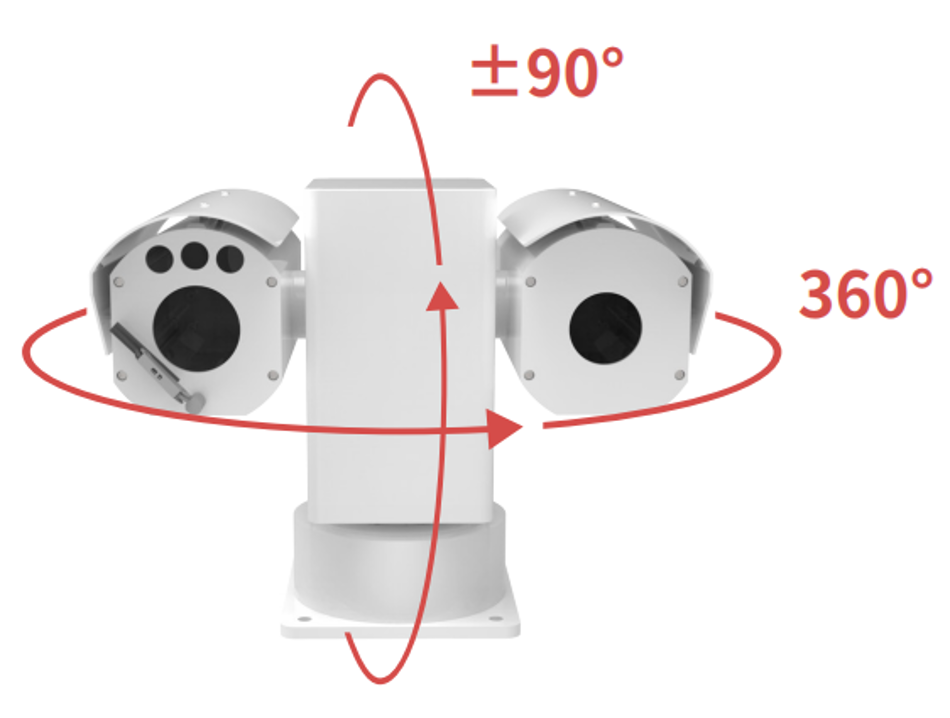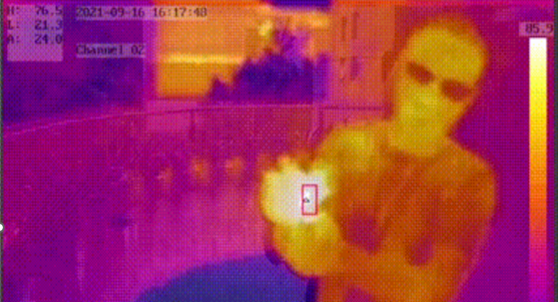
The importance of high quality IR thermography cameras for safe surveillance in areas that are at risk of fire or explosion due to the presence of ignitable gases, dust, or fibers cannot be understated. These areas also known as hazlocs, require specific precautions to protect both personnel and assets. The objective of this article is to provide more insights into the operational areas that may fall under this category and highlights the unique features and certifications that cameras should have to ensure safe monitoring of these zones. You can also refer to our case study of successful deployment here.
What are the typical applications?
This includes not only typical examples like oil and gas plants and chemical processing facilities but also other sectors such as food processing facilities dealing with highly flammable materials like flour or sugar. Additionally, processing and storage facilities handling materials like grain, biofuel, and cotton are also likely to be classified as hazardous areas. Overall, the blog emphasizes the need for area cameras in hazardous zones and outlines the essential features to consider for safe surveillance.
What will contribute to a high risk of fire or explosion?
Any location can experience a fire, but hazardous areas are particularly vulnerable because they contain explosive atmospheres created by the presence or potential presence of flammable gases, dust, or fibers. While oil and gas plants and chemical processing facilities are well-known examples of places where hazardous areas can be found, they can exist in almost any industry. For instance, flour or sugar are highly flammable and commonly found in food processing facilities, which may also have hazardous areas. Processing and storage facilities for grain (due to dust build-up), biofuel (due to gas build-up), and cotton (due to fiber build-up) are also frequently classified as hazardous areas.
How to define a camera fit for hazardous environments?


A camera fit for hazardous environments is specifically designed for use to withstand tough operating conditions, extreme temperatures, and explosions, the key difference between a hazardous-area camera and a regular camera is that the former is designed to avoid causing explosions. These types of cameras are often called explosion-proof cameras, and are manufactured with components that minimize the risk of electrical sparks and feature housings that prevent gas and particles from entering, which could cause ignition. This makes them a safer option for monitoring assets and processes in hazardous conditions.
Typically, you will also have these cameras to have a robust wiper, integral heaters and demisters. These are important to obtain excellent images of crucial processes, and eliminating the risk of fogging and condensation.
A camera fit for hazardous environments is tested and certified to the safety and performance standards specific to the required certification bodies and these include the typical standards recognised internationally such as IECEx, ATEX, CSA, Inmetro and CSAus.
Understanding pixel count and resolution of an image
The role of a camera sensor is to capture light and create an image, and the size of the sensor and pixel count affect image quality, and larger pixels are better for low-light conditions. As pixel count increases, pixel size decreases, but advancements in technology have made denser pixel counts possible without significant quality loss. Also, using the right lens and sensor compatibility is crucial for maximum camera capability, especially when these explosion-proof cameras are used to monitor critical process monitoring environments.


Choosing between thermal and infrared (IR) cameras
The main difference between thermal and infrared (IR) cameras is that IR cameras detect reflected light from an object, while thermal cameras detect differences in the radiation emitted by an object. This means that thermal cameras can operate in complete darkness without requiring a light source, while IR cameras require an infrared LED for illumination. Thermal cameras also have a longer operational range as they measure emissivity rather than capturing reflected light.
Thermal cameras are best used for proactive surveillance in low/no light conditions, such as detecting heat levels or gas compositions in oil and gas or marine environments. While thermal cameras may have a higher initial cost, they can be more cost-effective over the long term as they have a longer lifespan and do not require the replacement of LED light sources. However, thermal cameras may not provide the same detailed evidentiary review capabilities as electro-optical cameras for retrospective use.
For more information, you can also refer to our case study of successful deployments here.


